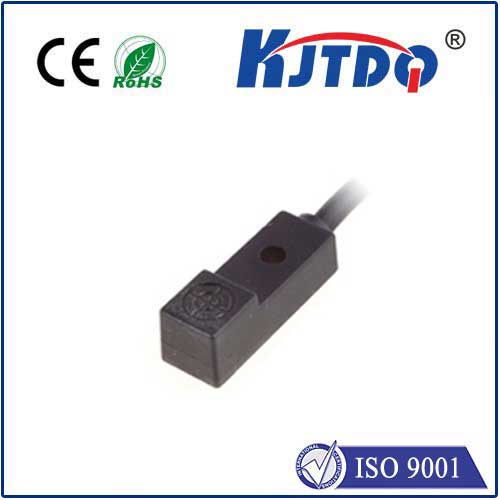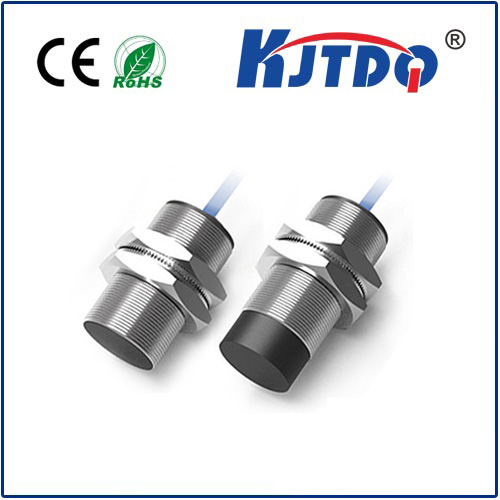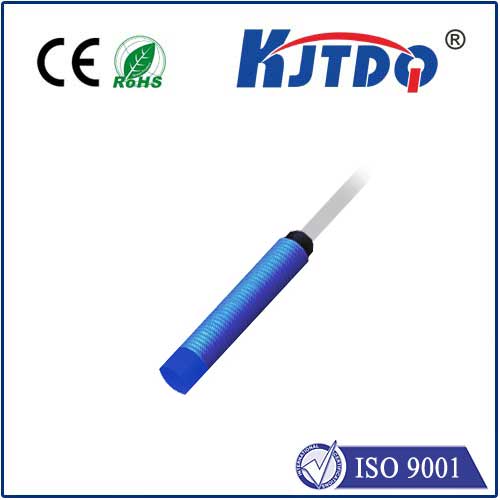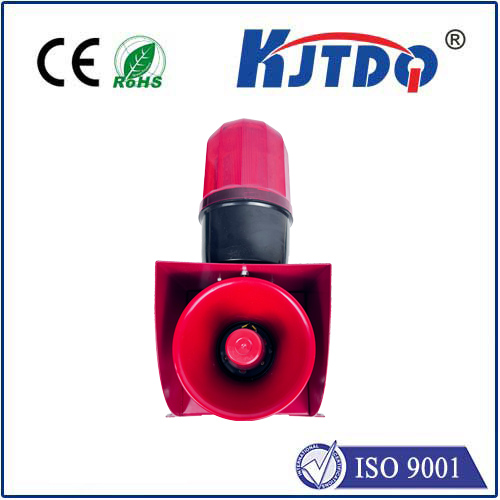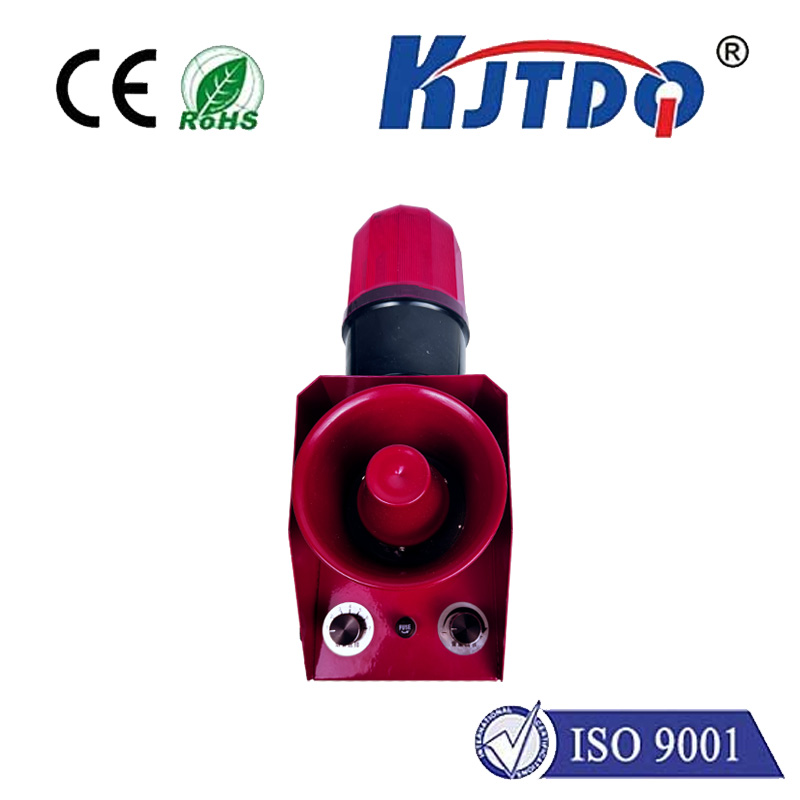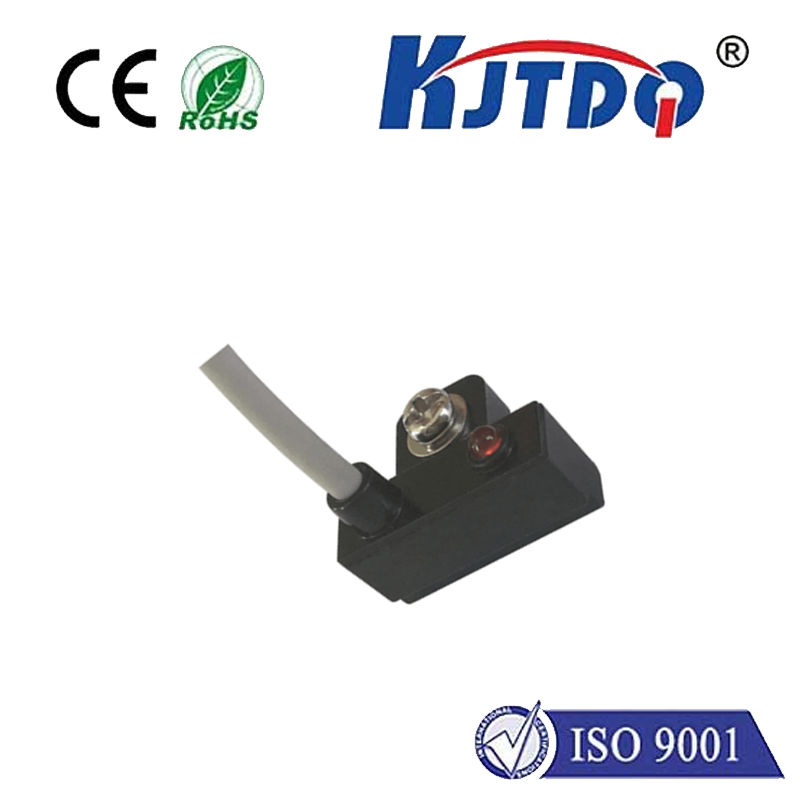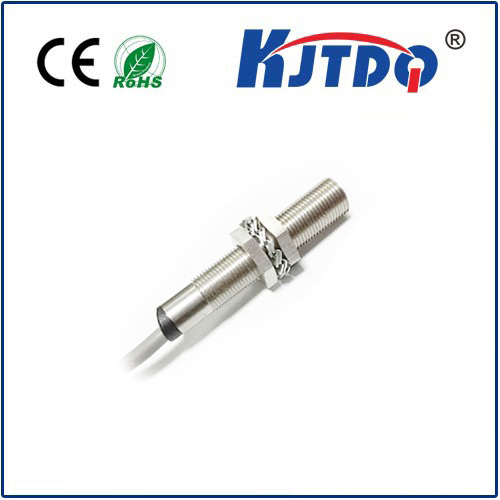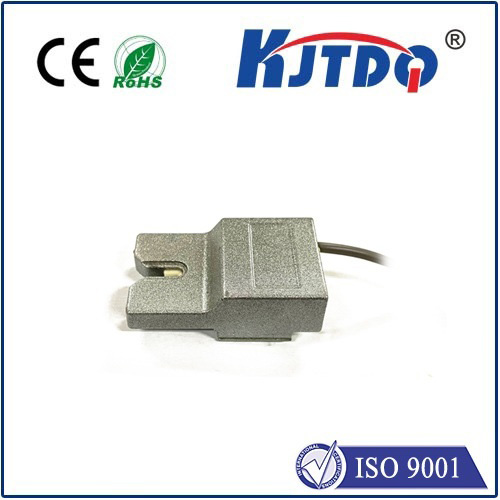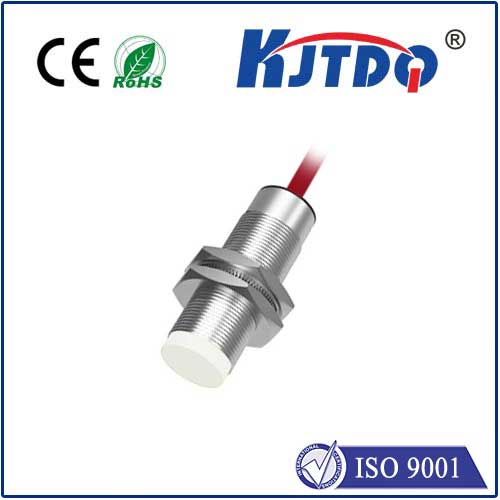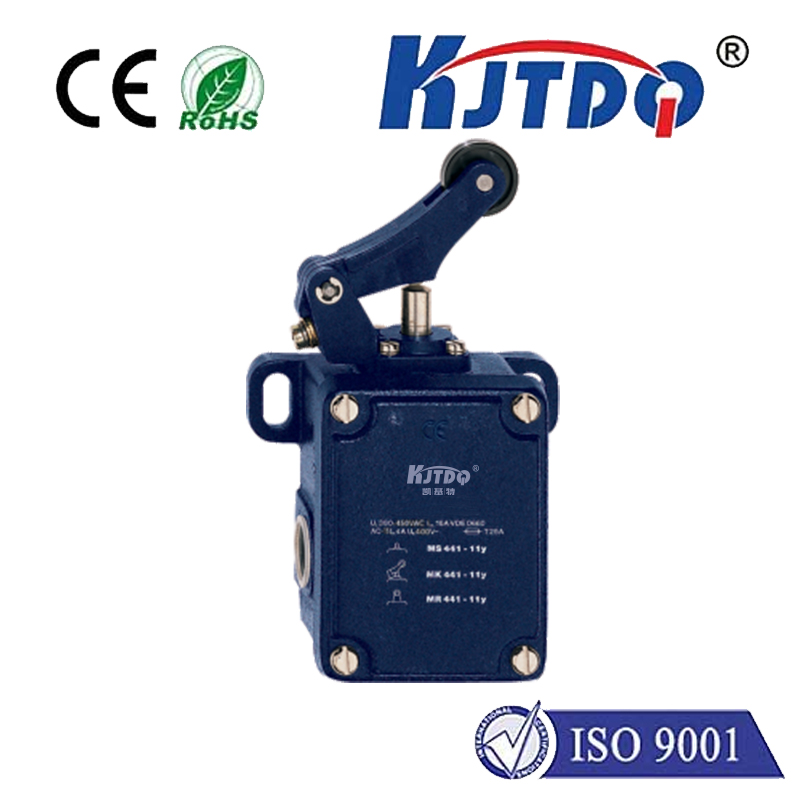
check

check

check

check
Title: The Future of Security: Exploring the Power of Photoelectric Motion Sensors
Introduction:
As technology continues to advance, so does our approach to security. With the emergence of photoelectric motion sensors, we are witnessing a revolution in how we detect and respond to movement in our homes, offices, and公共场所. In this article, we will delve into the workings of photoelectric motion sensors and explore their potential applications in various sectors.
Working Principle:
Photoelectric motion sensors operate on the principle of detecting changes in light patterns. These sensors consist of an emitter and a receiver separated by a specific distance. The emitter sends out a beam of light that is received by the detector. When an object or person interrupts this beam, it creates a disturbance in the light pattern which is then detected by the receiver. This information is then processed, and an alarm or notification is triggered depending on the system's settings.

Applications in Home Security:
One of the primary applications of photoelectric motion sensors is in home security systems. They provide an effective means of detecting unauthorized entry or movement within a property. Unlike traditional infrared motion sensors that rely solely on temperature change detection, photoelectric sensors offer more accurate detection as they are less likely to be influenced by environmental factors such as air currents or temperature changes.
Benefits for Businesses:
In addition to enhancing home security, photoelectric motion sensors also hold great promise for businesses. They can be used in retail stores to monitor inventory levels and detect any suspicious activity such as shoplifting. Moreover, they can be integrated into building management systems to control lighting and HVAC systems based on occupancy levels, leading to significant energy savings.
Public Space Surveillance:
Another area where photoelectric motion sensors prove beneficial is in public spaces like parks, stadiums, and transportation hubs. They can help maintain order by detecting unusual crowd behavior or identifying potential threats quickly. By integrating these sensors with video surveillance systems, authorities can ensure better situational awareness and rapid response times.
Smart City Initiatives:
As cities strive towards becoming smarter and more efficient, photoelectric motion sensors play a crucial role in achieving this goal. They can be deployed across city infrastructures such as traffic lights, parking lots, and garbage disposal sites to optimize resource allocation and improve overall efficiency. For instance, traffic signals equipped with these sensors can adjust timing based on real-time vehicle counts, reducing congestion and improving commuter experience.
Conclusion:
Photoelectric motion sensors represent a significant advancement in our approach to security and resource management. Their ability to detect even subtle changes in light patterns makes them incredibly versatile tools for various applications ranging from home security to smart city initiatives. As we continue to embrace technological innovations, photoelectric motion sensors are set to become an integral part of our everyday lives, ensuring safety and efficiency in ways we never thought possible.
